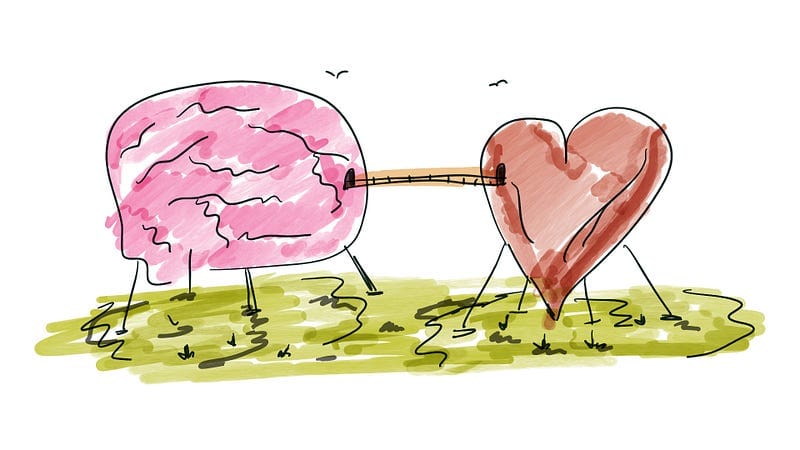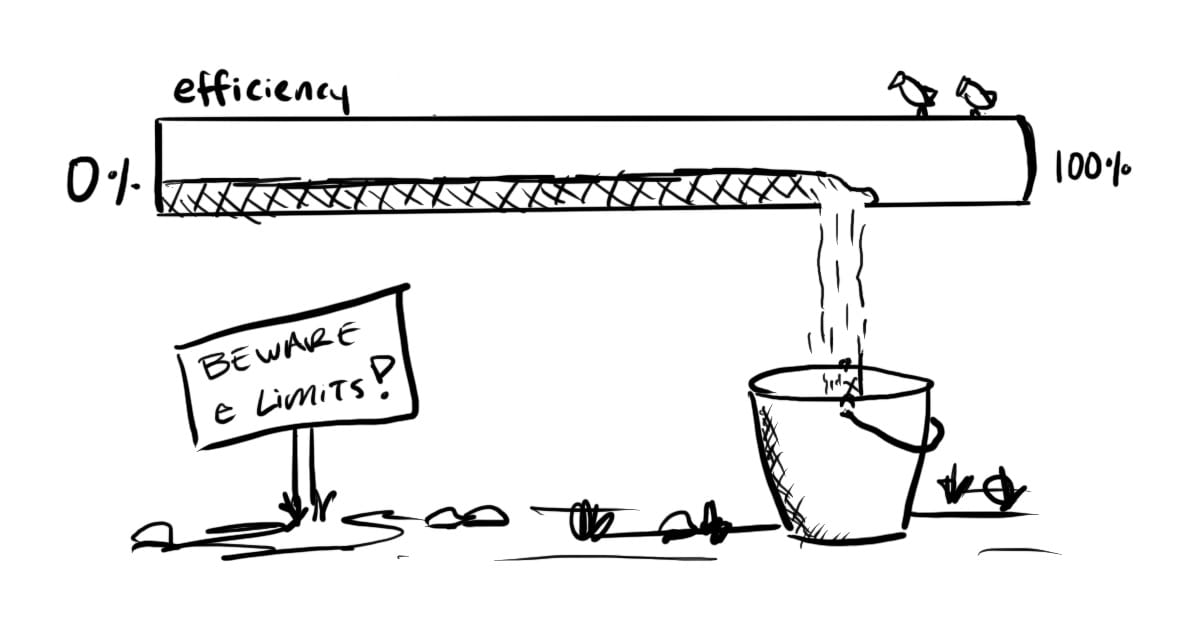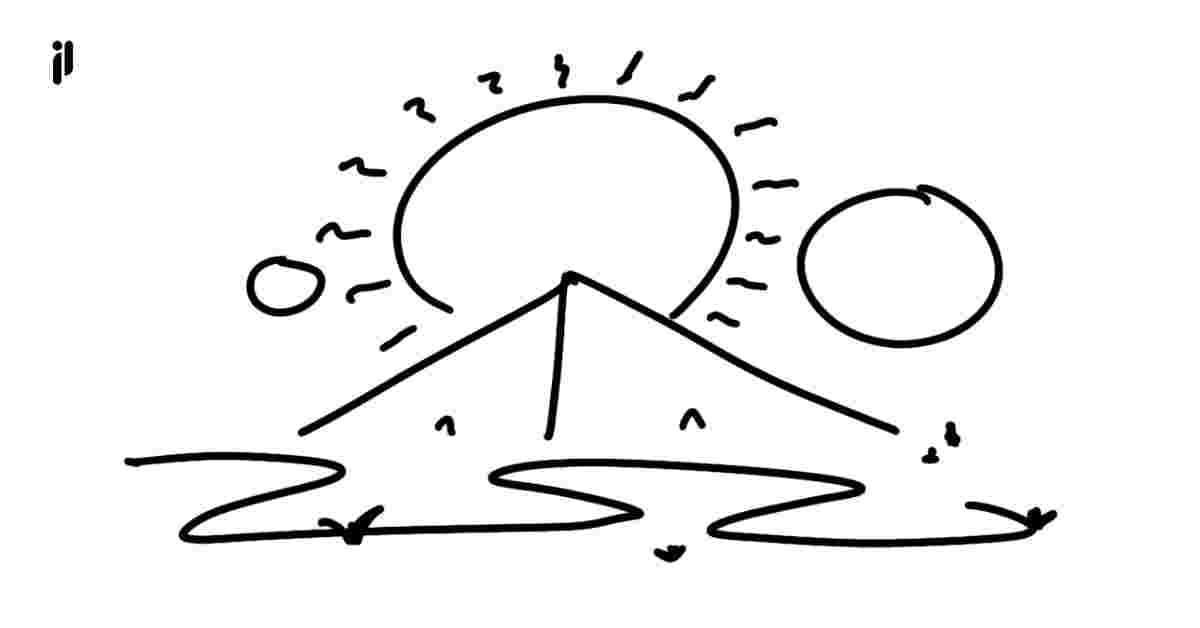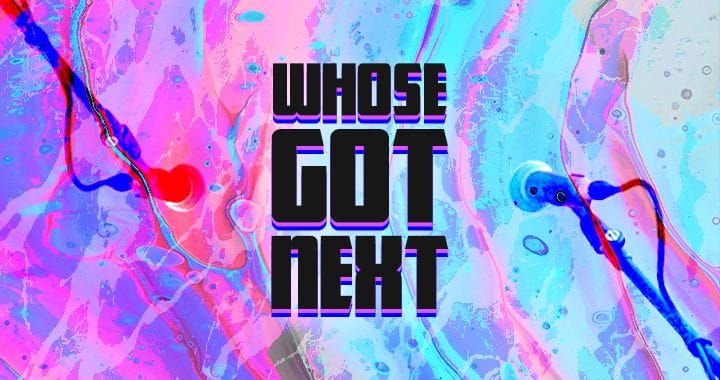Here's how creative identity differs from self-concept
Self-concept focuses on the parts of you that you can know, understand, and describe. Creative identity focuses on something else entirely.

Self-concept focuses on the parts of you that you can know, understand, and describe. When you say something like “I am a practiced artist”, you’re using your self-concept to make that statement.
Identity includes more subjective things, like feelings and how you represent ideas. When you say something like “I feel good about my art practice”, that’s more on the side of identity.
This difference is highlighted by de Valverde, Sovet, and Lubart in their 2017 paper “Self-Construction and Creative Life Design”. And—admittedly—it’s easy to get lost when applying these two terms to your creative self.
To simplify it around creativity:
- Self-concept is fed by the tangible parts of what you do (painting every day, writing a bestseller, befriending other creators)
- Identity is the intangible energy and parts that make you… you!
But why should we even care about the difference?
Because it helps us know which parts of our creative selves are affected by our thoughts, and which parts are affected by feelings.
It helps us find the line between our creative head and heart so we can build a better bridge between the two. And that’s worth learning about.
Reference
de Valverde, J., Sovet, L., & Lubart, T. (2017). Self-construction and creative “life design”. In M. Karwowski & J. C. Kaufman (Eds.), The creative self: Effect of beliefs, self-efficacy, mindset, and identity (pp. 99–115). Elsevier Academic Press. https://doi.org/10.1016/B978-0-12-809790-8.00006-6





